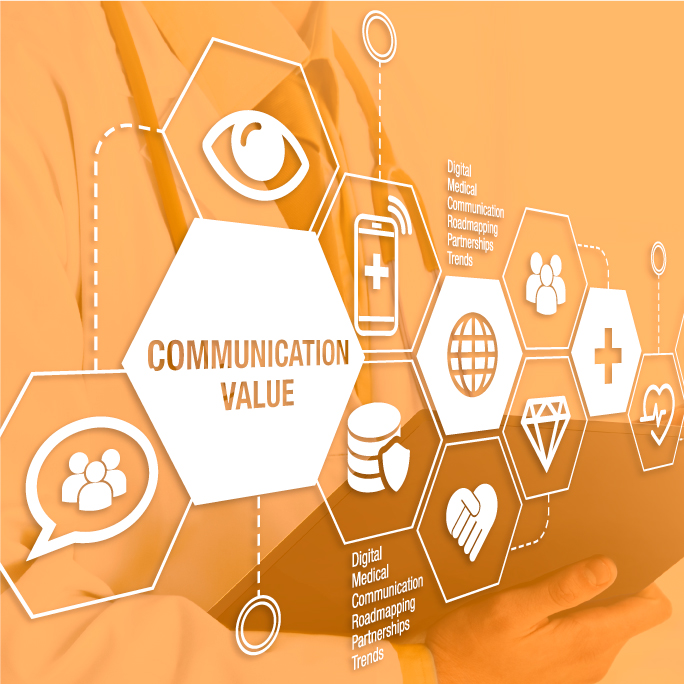
What is your medical device communication and what is the value?
The Internet of Things (IOT), Digital Health and your Medical Device Communication: Understanding the value of your medical device communicating now that IOT and Digital Health are commonplace
The Internet of Things is about information and communication, keeping in touch with things remotely. This includes everything from controlling the lights in your house to remote environmental monitors.
As the internet has eventually changed everything from personal communication to media delivery and revived catalogue shopping, we can expect a vector for Medical Device Communication. While this space does not directly affect medical devices, it should be seen as a clear indication of what consumers expect. It is evolving in many directions at once, and security and privacy vary.
Despite this, the plummeting costs of wireless technology, combined with increasing power efficiency paves a clear path to ubiquitous deployment. Security and privacy need to be addressed, but we’ll do that in a later blog.
Frequently initial technology adoption is about doing the same thing a little better, or a little cheaper. Sometimes a technology can be disruptive, providing value which could never before be realized. In either scenario understanding how you wish to communicate with your medical devices and the value that Medical Device Communication adds is the key.
What is your medical device communication and what is the value?
Surveillance
A very simple case is extended surveillance through trials. The real world environment always introduces some twists and turns. The ability to stay in touch with your device and monitor real world use and performance is possible at a reasonable cost. If your device is powered, adding a communication technology such as Bluetooth Low Energy, or some form of Wi-Fi is straightforward. Properly deployed this can decrease the cost of collecting significant real use data. Let us explore a few aspects.
One valuable scenario for monitoring is usage. Is the frequency of device use as expected? Is the pattern of use as expected? If not, this may indicate an issue. It may be a usability issue, an efficacy issue, or something we have not considered. Finding out early that our device is not being used with the frequency we expect allows us to take early corrective action.
Can we monitor usability? If we expect our device to be deployed and used in a consistent scenario we can log user interactions and provide insights to usability of the product. User input errors and retries may indicate a sub-optimal use scenario. Anyone who has done usability testing will understand the value of this kind of information and how it can uncover unforeseen user confusion and errors.
Can we monitor performance? Assuming our device is actually monitoring something, are the readings we are getting within boundaries and consistent? Many times when a device takes a reading it actually takes multiple readings and performs some type of averaging. It may be valuable to analyze the raw readings. We may find unexpected results.
Patient / Caregiver Contact
Assuming our device is being used by a patient to administer some form of therapy we can monitor adherence via Medical Device Communication. It is not uncommon that patient adherence to therapy is a problem. When we determine non-adherence is there some form of out of band contact, such as a telephone call or a text message we can use to contact patients if we determine they are not adhering to the correct regimen?
If the device is being used to monitor / diarize / manage a chronic condition is there some form of social network, or advice which can be provided to help? Providing any help or shared experiences can assure a patient they are not dealing with the issues alone and provide a better outlook.
Is the device / therapy effective for this patient? If not, it may be an avenue to provide a different therapy or device. We can expect that as communication capabilities with a device increase there will be an expectation that one size does not fit all. Therapies, interactions, monitoring may all change depending on various factors. Even in the simple case of monitoring it may be advantageous to provide a different feedback cycle on weekends as opposed to weekdays.
For a caregiver it may be an easy path to give information on new ways the device can be used, or notify them of updates. Indicating this information is available in the context of use can be materially more effective than other forms of contact.
Security
Of course all of these possibilities must take into account HIPAA and cybersecurity concerns. While not trivial, it should never be considered an obstacle. Ensuring we communicate securely while not making patient data accessible without their authorization is straightforward if we consider it from the outset.
In the world of Internet of Things and Digital Health, you will be communicating with your Medical Devices and their users. Making sure the value of the Medical Device Communication is understood and being realized will deliver a better short and long term patient experience. After all, if you don’t communicate with your devices and users, some else will.
John Tuttle is a nom de plume based upon the 15th episode from the television series MAS*H broadcast and aired on January 14, 1973. At StarFish, Tuttle is a Software Engineer.
Photo © Macrovector | Dreamstime.com – Digital Medicine Set
